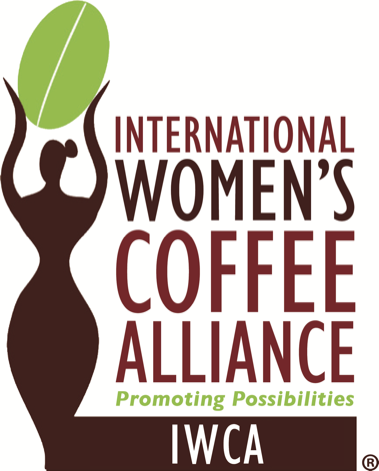Reducing the Gender Data Gap - IWCA Releases New Estimates
By Ruth Ann Church, Artisan Coffee Imports
Sometimes the simplest questions are the hardest to answer. "How many female coffee producers are there?" is one of these questions. A small group of women came together in 2015 under the umbrella of the International Women in Coffee Alliance (IWCA) to make answering this question the focus of their newly formed "IWCA Research Alliance." Via long-distance conference calls coordinated over multiple time zones, the committee announced last week the baseline estimates for four countries.
Estimates from the IWCA Research Alliance of female coffee producers by country:
Rwanda: 113,846, 32% of total
Costa Rica: 15,450, 34% of the total
El Salvador: 6,700, 33% of total
Guatemala: 4,000 - 7,000, 19 - 22% of total
(Sources detailed below.)
Simple, right? How hard could it be to track down four numbers? I found out it is way harder than one would think back in 2013 when I first tried to help the IWCA estimate its potential impact. The ICO does not track it. Neither does CQI, SCAA, SCAE, NCA, the World Bank, ACDI-VOCA, Technoseve nor any of the other international organizations one might think would be concerned with such estimates. But many national organizations do dedicate resources to understand the number of women in the coffee value chain.
The IWCA Research Alliance recognized that fact and utilizes IWCA's uniquely well-suited volunteer structure for tackling this gender data gap.
SOURCES:
From Rwanda, IWCA's volunteer Zafarani Uwingabire, identified the number of female producers in the 2015 coffee census report published by Rwanda's National Agricultural Export Development Board (NAEB), which was released in May 2016.
From Costa Rica, volunteer Gabriela Soto gathered the estimate from Instituto del Cafe de Costa Rica (ICAFE). As is often the case in research, her "result" raised as many questions as it answered. How valid is this number? Does it include names of women who may be 'registered' as coffee farmers, but in reality are never on the farm? Does it include all the small producers, even if they are not registered?
For Guatemala, volunteer Blanca Castro met with Anacafe and Luisa Fernanda Correa Mancia, one of Anacafe's technicians, shared their current estimates from two different sources. One, from the small producers organization put the percentage of women producers higher than the estimate from the database of registered producers during last harvest 2016/2017.
For El Salvador, volunteer Maria Botto, who is a coffee producer herself, dug into her own records from the Consejo (El Salvador's national extension group) to find the figures they published for 2013. The Consejo is in touch with Ms. Botto to share updated numbers later this year.
Acting as the platform in coffee focused on organizing, researching, training and empowering women in coffee, the IWCA has established legal chapters now in 20 producing countries. [Learn more about IWCA's 20 chapters here.] The organization proudly collaborates with many actors across the industry to celebrate International Women's Day on March 8, 2017.

